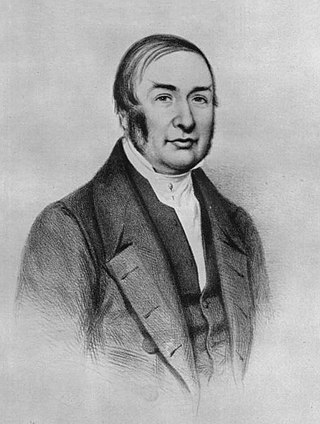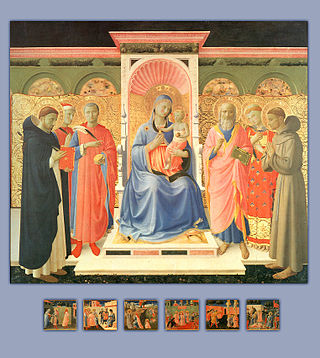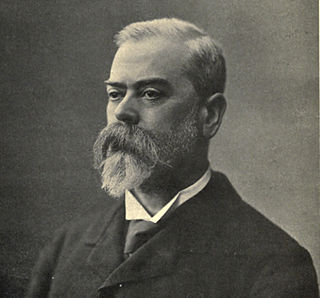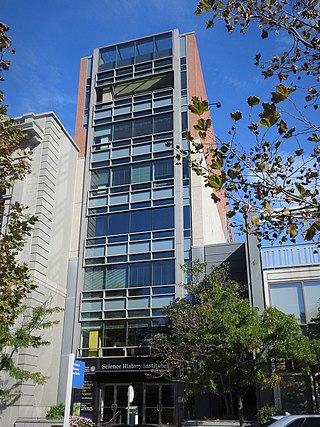Science is a rigorous, systematic endeavor that builds and organizes knowledge in the form of testable explanations and predictions about the world. Modern science is typically divided into three major branches: natural sciences, which study the physical world; the social sciences, which study individuals and societies; and the formal sciences, which study formal systems, governed by axioms and rules. There is disagreement whether the formal sciences are science disciplines, because they do not rely on empirical evidence. Applied sciences are disciplines that use scientific knowledge for practical purposes, such as in engineering and medicine.

The scientific method is an empirical method for acquiring knowledge that has characterized the development of science since at least the 17th century It involves careful observation, applying rigorous skepticism about what is observed, given that cognitive assumptions can distort how one interprets the observation. It involves formulating hypotheses, via induction, based on such observations; the testability of hypotheses, experimental and the measurement-based statistical testing of deductions drawn from the hypotheses; and refinement of the hypotheses based on the experimental findings. These are principles of the scientific method, as distinguished from a definitive series of steps applicable to all scientific enterprises.

The Scientific Revolution was a series of events that marked the emergence of modern science during the early modern period, when developments in mathematics, physics, astronomy, biology and chemistry transformed the views of society about nature. The Scientific Revolution took place in Europe in the second half of the Renaissance period, with the 1543 Nicolaus Copernicus publication De revolutionibus orbium coelestium often cited as its beginning.

James Braid was a Scottish surgeon, natural philosopher, and "gentleman scientist".

A curator is a manager or overseer. When working with cultural organizations, a curator is typically a "collections curator" or an "exhibitions curator", and has multifaceted tasks dependent on the particular institution and its mission. The term "curator" may designate the head of any given division, not limited to museums. Curator roles include "community curators", "literary curators", "digital curators" and "biocurators".

Edmund Gurney was an English psychologist and parapsychologist. At the time the term for research of paranormal activities was "psychical research".

A salon is a gathering of people held by a host. These gatherings often consciously followed Horace's definition of the aims of poetry, "either to please or to educate". Salons in the tradition of the French literary and philosophical movements of the 17th and 18th centuries are still being carried on today.
The science wars were a series of scholarly and public discussions in the 1990s over the social place of science in making authoritative claims about the world. HighBeam Encyclopedia, citing the Encyclopedia of Science and Religion, defines the science wars as the discussions about the "way the sciences are related to or incarnated in culture, history, and practice[...] [which] came to be called a 'war' in the mid 1990s because of a strong polarization over questions of legitimacy and authority. One side [...] is concerned with defending the authority of science as rooted in objective evidence and rational procedures. The other side argues that it is legitimate and fruitful to study the sciences as institutions and social-technical networks whose development is influenced by linguistics, economics, politics, and other factors surrounding formally rational procedures and isolated established facts."
James Esdaile, M.D., E.I.C.S., Bengal (1808–1859), an Edinburgh trained Scottish surgeon, who served for twenty years with the East India Company, is a notable figure in the history of “animal magnetism" and, in particular, in the history of general anaesthesia.

In art, a sacra conversazione, meaning "holy conversation", is a genre developed in Italian Renaissance painting, with a depiction of the Virgin and Child amidst a group of saints in a relatively informal grouping, as opposed to the more rigid and hierarchical compositions of earlier periods. Donor portraits may also be included, generally kneeling, often their patron saint is presenting them to the Virgin, and angels are frequently in attendance.

John Elliotson, M.D., M.D.(Oxford, 1821), F.R.C.P.(London, 1822), F.R.S. (1829), professor of the principles and practice of medicine at University College London (1832), senior physician to University College Hospital (1834) — and, in concert with William Collins Engledue M.D., the co-editor of The Zoist.

The History of Science Museum in Broad Street, Oxford, England, holds a leading collection of scientific instruments from Middle Ages to the 19th century. The museum building is also known as the Old Ashmolean Building to distinguish it from the newer Ashmolean Museum building completed in 1894. The museum was built in 1683, and it is the world's oldest surviving purpose-built museum.

Charles Léonard Lafontaine was a celebrated French "public magnetic demonstrator", who also "had an interest in animal magnetism as an agent for curing or alleviating illnesses".
Suggestion is the psychological process by which a person guides their own or another person's desired thoughts, feelings, and behaviors by presenting stimuli that may elicit them as reflexes instead of relying on conscious effort.

John Milne Bramwell was a Scottish physician, surgeon and specialist medical hypnotist. He was born in Perth and educated at the University of Edinburgh.
In science studies, boundary-work comprises instances in which boundaries, demarcations, or other divisions between fields of knowledge are created, advocated, attacked, or reinforced. Such delineations often have high stakes involved for the participants, and carries with it the implication that such boundaries are flexible and socially constructed.
Robin Wall Kimmerer is a Native American botanist, author, an American Distinguished Teaching Professor of Environmental and Forest Biology; and the director of the Center for Native Peoples and the Environment at the State University of New York College of Environmental Science and Forestry (SUNY-ESF).

The Science History Institute is an institution that preserves and promotes understanding of the history of science. Located in Philadelphia, Pennsylvania, it includes a library, museum, archive, research center and conference center.

The ideomotor phenomenon is a psychological phenomenon wherein a subject makes motions unconsciously. Also called ideomotor response and abbreviated to IMR, it is a concept in hypnosis and psychological research. It is derived from the terms "ideo" and "motor". The phrase is most commonly used in reference to the process whereby a thought or mental image brings about a seemingly "reflexive" or automatic muscular reaction, often of minuscule degree, and potentially outside of the awareness of the subject. As in responses to pain, the body sometimes reacts reflexively with an ideomotor effect to ideas alone without the person consciously deciding to take action. The effects of automatic writing, dowsing, facilitated communication, applied kinesiology, and ouija boards have been attributed to the phenomenon.
Animal magnetism, also known as mesmerism, is a theory invented by German doctor Franz Mesmer in the 18th century. It posits the existence of an invisible natural force (Lebensmagnetismus) possessed by all living things, including humans, animals, and vegetables. He claimed that the force could have physical effects, including healing.














